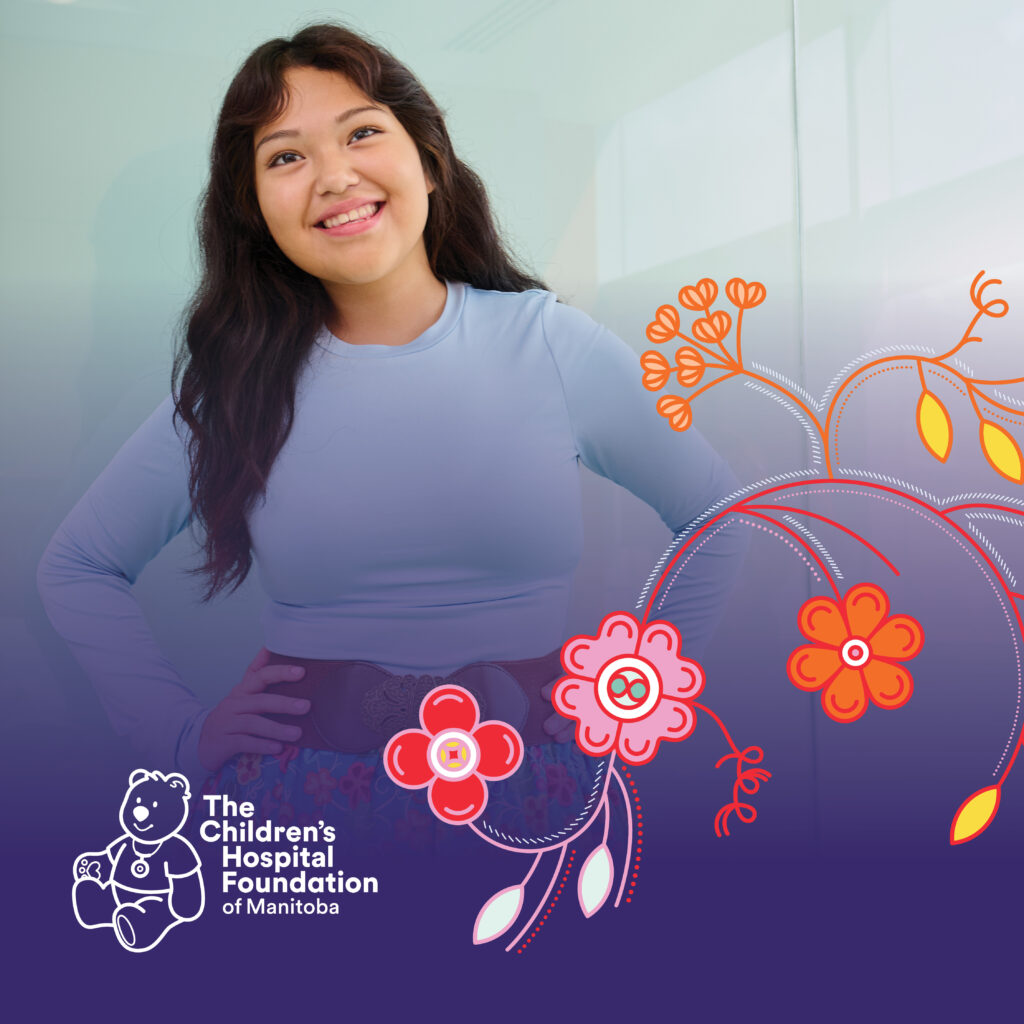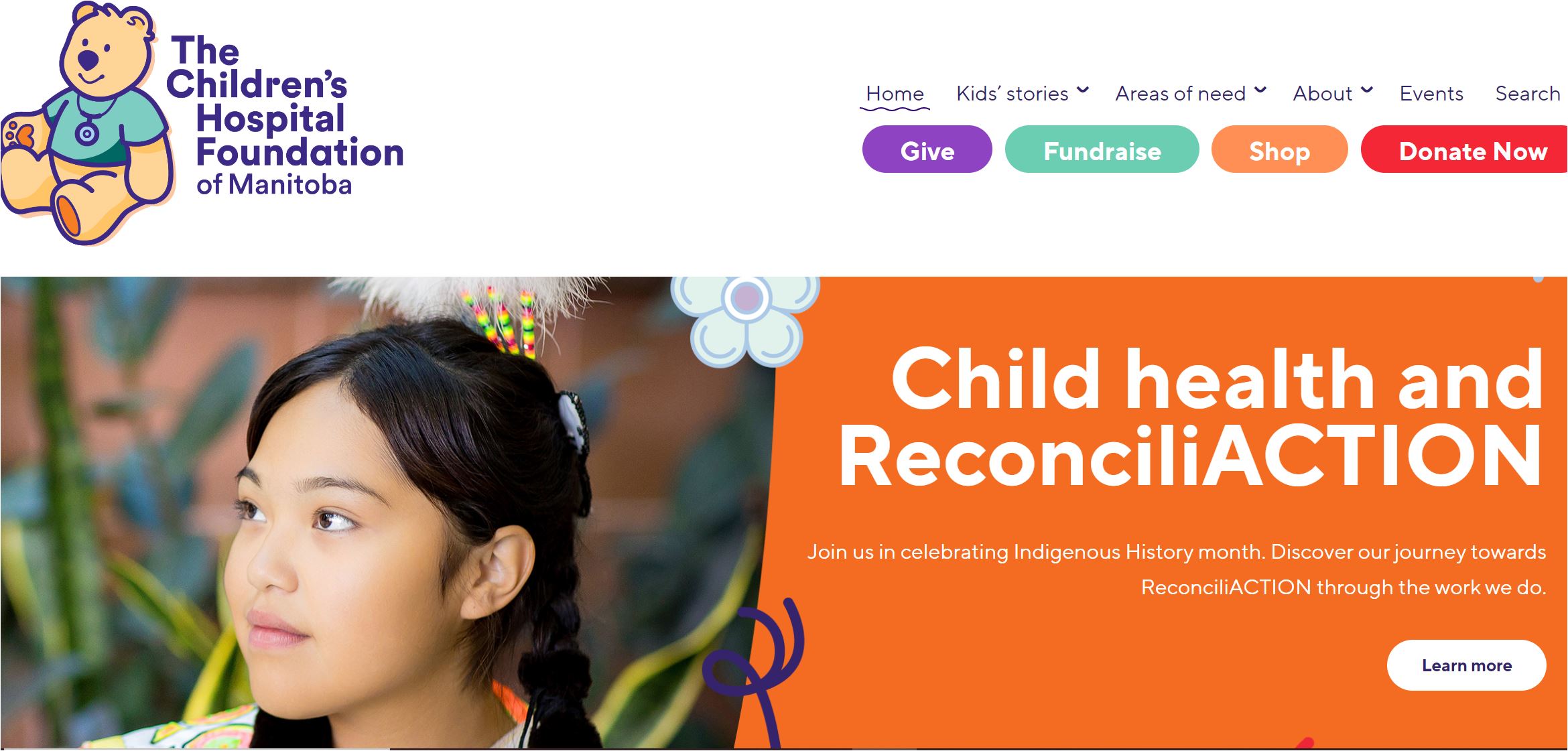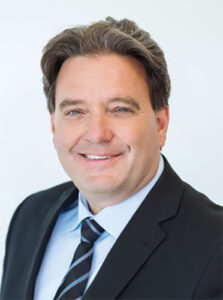At Children’s Hospital Foundation of Manitoba, we take our role as champions of child health to heart. We recognize the role and importance of reconciliation in the work we do, and it’s with that in mind that we asked a very special 15-year-old to represent all of Manitoba as Champion Child for 2024.
Janessa Dumas Colomb is the first Manitoba Champion from a remote northern First Nation. Every six weeks she travels around 800 km from her home community of Pukatawagan to Winnipeg to see her team of kidney care specialists at HSC Children’s Hospital, plus as Champion she’s attending events and speaking engagements to inspire support for kids just like her.
Janessa’s journey with Manitoba’s only children’s hospital started when she was very young. At age five, she was experiencing recurrent urinary tract infections, and doctors at HSC Children’s told her family that Janessa’s kidneys weren’t functioning properly; one was small, and the other was diseased. By age seven, Janessa had reached Stage 4 kidney disease with 25 percent kidney function that continued to decline.
Recognizing the need to be closer to the specialized pediatric care at HSC Children’s, Janessa’s parents moved her entire family to Winnipeg. After support from pediatric nephrology specialists at Children’s Hospital and a successful kidney transplant, Janessa is doing well and back home with family and friends. She is happy to be doing all the things she loves, like fishing, snowmobiling and fancy shawl dancing.

In June we celebrate Indigenous History month. It’s a time to honour the unique experiences, cultures, achievements and stories of First Nations, Inuit, and Métis peoples – like Janessa.
Janessa is one of many Indigenous kids who rely on HSC Children’s. At any given time, up to 60% of the kids at the hospital are from First Nations, Inuit, and Métis communities. Many are away from their families and cultural support. That’s why the Indigenous Community healing Space, being planned through community consultation and with guidance from First Nations, Métis, and Inuit leaders, is so important.
Elders, Knowledge Keepers, other Indigenous community members and leaders in our medical community have held meaningful meetings to build a framework for the development of the Indigenous Healing Space. This initiative will provide families with a safe space for healing and its design will offer a place where children and families can feel safe, connect with each other, and nurture their whole self – physical, mental, emotional, and spiritual.
The Foundation has also launched another important piece of reconciliation actions emphasizing community engagement and culturally sensitive care. Children’s Hospital Foundation’s brand graphic elements now includes Indigenous-created elements representative of First Nations, Métis, and Inuit cultures like beading style florals (buttercup, wild rose, fireweed blossom, arctic cotton), traditional medicines (sage, tobacco, cedar and sweetgrass) and other graphic elements such as winding vines with mouse tracks and seeds.
We worked with a wonderful Indigenous graphic artist, Leticia Spence, and through guidance of the Indigenous Advisory Circle to the Foundation to develop meaningful graphics that fit the light, fun and supportive tone for all kids who need care at Children’s Hospital.
At the Foundation we aim to weave #ReconciliACTION into all that we do, acknowledging the harms of the past and promising to honour the children of yesterday, today, and tomorrow, as we walk together with First Nations, Métis and Inuit on a path of reconciliation and healing.
To learn more about reconciliation in child health visit goodbear.ca/reconciliACTION.
Stefano Grande is the president and CEO of Children’s Hospital Foundation of Manitoba.



